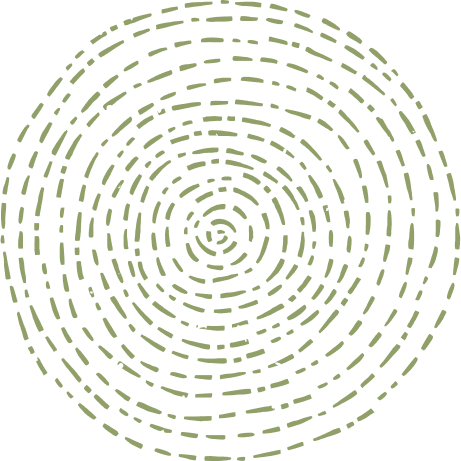Bird Eyesight
on Jul 25, 2023To navigate a complex, physical world, birds and animals have developed senses that serve as essential tools for survival. These senses help organisms gather information about their environment to avoid dangers and find resources necessary for survival. Electromagnetic radiation is a form of energy that animals find helpful as a source of data about the world. There are waves of this energy in the form of visible light, ultraviolet light, microwaves, gamma rays etc., zipping around us and bouncing off objects or passing through them. The sense of sight allows these animals to detect some of these waves and the objects themselves.


Of all animals, birds have the largest eyes relative to their body size, and the bigger your eyes, the better you can see. This is because a large eye can let in more light than a small eye and can pack in more light-sensitive cells. Light enters a bird's eye through the transparent cornea and then passes through the lens. The curved shape of these structures helps focus light waves. By contracting or relaxing a small group of muscles around the lens, as well as the cornea, they can achieve focus. After light waves enter the eye and get focused by the lens, they strike the retina. This is a thin layer of photoreceptor cells which produce signals that are sent to the brain via the optic nerve.


These photoreceptor cells are called rods and cones and are responsible for black-and-white vision (rods) and colour vision (cones). At the centre of the retina is an area where these photoreceptor cells are packed at their densest, which we call the fovea. This provides the highest-resolution images. Unlike humans, some birds have a second fovea in each eye; for example, raptors, kingfishers, and doves. One fovea provides acute forward-facing vision, whilst the other helps make out images to the side of the bird’s head.



Birds have visual acuity that far exceeds ours; in other words, their eyesight is incredibly sharp. Birds can discern finer details than we can, often a much greater distance. You can think of birds as having up to 8 times the visual acuity of humans. They can also perceive and detect movement that to us would only seem a blur. As flying creatures, they need to manoeuvre at high speed through a space with obstacles like tree branches. Many birds need to see and catch small and fast-moving prey. A key feature for the incredible eyesight of birds is the density of photoreceptor cells in their retinas. More photoreceptor cells result in higher resolution, and higher visual acuity.


These physical adaptations result in these large birds such as eagles, vultures and owls being able to identify prey species from a far and allow them to pursue and catch their target. We are incredibly privileged to witness an abundance of large predatory birds on a regular basis and are left speechless almost every time when they make an appearance on safari or around the lodge.



Blog by Macs Toich (Bush Lodge Ranger)







